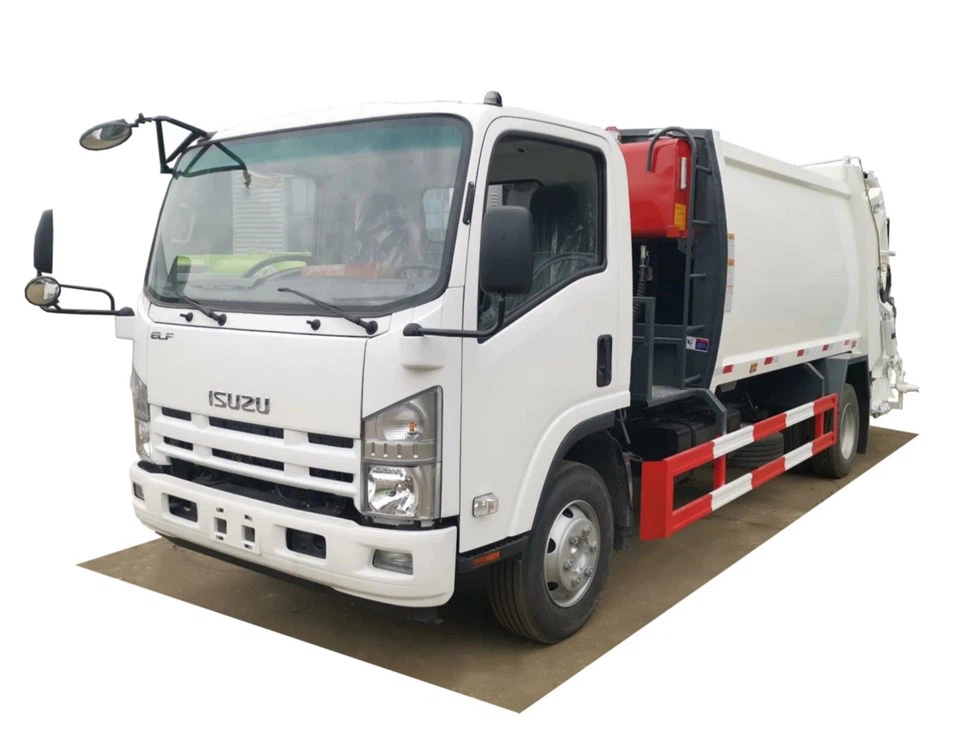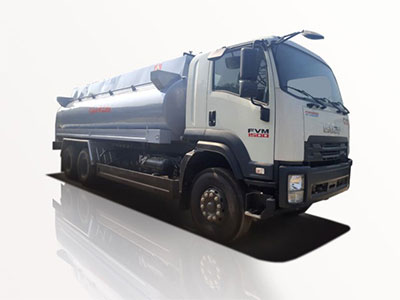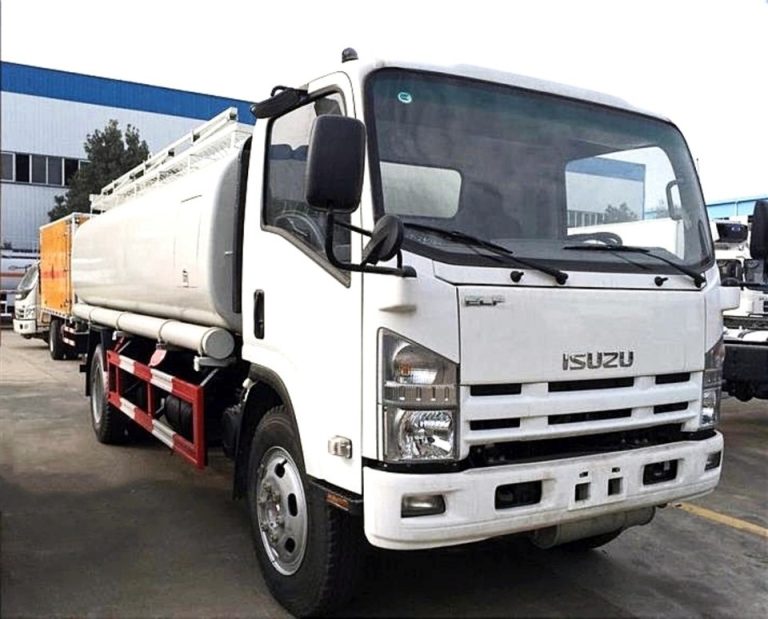Introduction
In a world increasingly concerned with sustainability and efficient waste management, the manual garbage compactor stands out as a simple yet effective solution. From urban apartments to rural homes, these devices help maximize space by compacting waste, minimizing the frequency of disposal, and reducing environmental impact. This guide covers everything you need to know about manual garbage compactors, from their operation and benefits to practical tips and FAQs.
What is a Manual Garbage Compactor?
A manual garbage compactor is a device used to compress waste materials into smaller volumes, making disposal easier and more efficient. Unlike their electrical counterparts, manual compactors rely on human power, requiring users to apply force to compact waste. They are typically designed for ease of use and portability, making them suitable for various environments.
Types of Manual Garbage Compactors
Manual garbage compactors come in various styles, each with unique features and specifications. The common types include:
- Hand-Operated Compactors: These are basic models where users pull a lever or press down on a handle to compress waste.
- Foot-Pedal Compactors: Designed for hands-free operation, these compactors use a foot pedal to compact waste efficiently.
- Portable Compacting Boxes: These compactors usually have a collection box for trash that can be easily transported.
Benefits of Using a Manual Garbage Compactor
Understanding the advantages of using a manual garbage compactor can help you decide if it’s the right choice for your waste management needs.
1. Space Efficiency
One of the major benefits of using a manual garbage compactor is that it significantly reduces the volume of waste. By compacting trash, you can maximize the use of your disposal bins or bags, which lessens the space needed for garbage storage.
2. Cost-Effective
In the long run, using a manual garbage compactor can save you money. By reducing the frequency of waste disposal through compacting, you can minimize travel to disposal sites or save on bag costs.
3. Eco-Friendly
By compacting waste, you also reduce landfill space, contributing to a more sustainable planet. The compacted waste occupies less space in landfills and decreases the overall carbon footprint associated with waste transport.
4. Simple to Use
Manual compactors do not require electricity or complex installation, making them easy to operate. Most users can figure out the mechanics without needing a manual.
5. Versatility
Manual garbage compactors can handle various types of waste, including household trash, plastic, cardboard, and more. Their versatility makes them suitable for different environments such as homes, offices, and even outdoor settings.
How to Use a Manual Garbage Compactor
Using a manual garbage compactor is straightforward. Follow these steps to maximize its effectiveness:
Step 1: Gather Your Waste
Collect your waste materials and segregate them if necessary. Ensure that you remove any hazardous materials that shouldn’t be compacted.
Step 2: Load the Compactor
Open the compactor’s chamber and load your waste materials. Make sure to distribute the waste evenly to ensure effective compaction.
Step 3: Compact the Waste
Close the compactor and operate it according to the specific model’s instructions—whether it involves pulling a lever, pressing a button, or stepping on a foot pedal. Apply steady pressure until the waste is sufficiently compacted.
Step 4: Dispose of the Compressed Waste
Once compacted, the waste will be smaller and easier to transport. Remove the compacted waste and dispose of it as per your local guidelines.
Tips for Effective Use
- Do not overload the compactor beyond its capacity.
- Avoid compacting wet or hazardous materials.
- Regularly maintain the compactor for optimal performance.
Choosing the Right Manual Garbage Compactor
When selecting a manual garbage compactor, consider the following factors:
1. Capacity
Choose a compactor that suits your needs based on the volume of waste generated. Larger families or businesses may require a more extensive capacity.
2. Material
Look for durable materials that can withstand heavy use. Steel or high-grade plastic options are commonly used.
3. Portability
If you plan to use it in multiple locations, consider compactors that are lightweight and easy to transport.
4. User Reviews
Read customer feedback to determine the effectiveness and reliability of different models before making a purchase.
Practical Examples and Tips
Real-world examples can provide insights into effectively using a manual garbage compactor. Here are some practical scenarios:
Home Use
If you live in a small apartment, using a manual garbage compactor can help manage limited space. After family gatherings, for instance, compacting excess packaging or leftovers can save you multiple trips to the dumpster.
Office Use
In an office setting, a manual garbage compactor can be used to handle regular paper waste effectively. By keeping recyclable materials compacted, you can promote a greener workplace.
Outdoor Events
For outdoor events like picnics or fairs, manual garbage compactors can be set up to facilitate easy waste disposal, creating a cleaner environment and limiting overflow at trash bins.
Maintenance of Manual Garbage Compactors
Maintaining your manual garbage compactor is essential for ensuring its longevity and effectiveness:
1. Regular Cleaning
Clean the inside of the compactor regularly to prevent odors and bacteria buildup. Use mild soap and water, ensuring you dry it thoroughly afterward.
2. Check for Wear and Tear
Inspect moving parts for signs of wear. Replace worn-out parts immediately to avoid further damage.
3. Lubrication
Lubricate moving parts as per your manufacturer’s instructions to ensure smooth operation.
Common Misconceptions About Manual Garbage Compactors
There are several myths surrounding manual garbage compactors that can deter users:
1. They are Difficult to Use
While they require some physical effort, most users find them easy to operate with simple mechanics.
2. Only for Commercial Use
Many households can benefit from compactors, especially those with limited space or high waste volume.
3. Limited Waste Types
Manual compactors can handle various waste materials, not just recyclable items.
FAQ Section
What materials can I compact with a manual garbage compactor?
You can compact household trash, cardboard, plastics, and other lightweight materials. Always avoid hazardous materials.
How often should I empty my manual garbage compactor?
Empty your compactor when it is full or when waste disposal is scheduled. Regular checks will help you decide.
Can I use a manual garbage compactor for recycling?
Yes, a manual garbage compactor is excellent for recycling materials. Just ensure you sort your recyclables accordingly.
How do I maintain my manual garbage compactor?
Regular cleaning, lubrication, and inspection for wear and tear are essential for maintenance.
Where can I purchase a manual garbage compactor?
You can find manual garbage compactors at local home improvement stores, kitchen supply stores, or online marketplaces.
Is a manual garbage compactor eco-friendly?
Yes, by compacting waste, you reduce landfill volume and decrease the carbon footprint associated with transporting waste.



